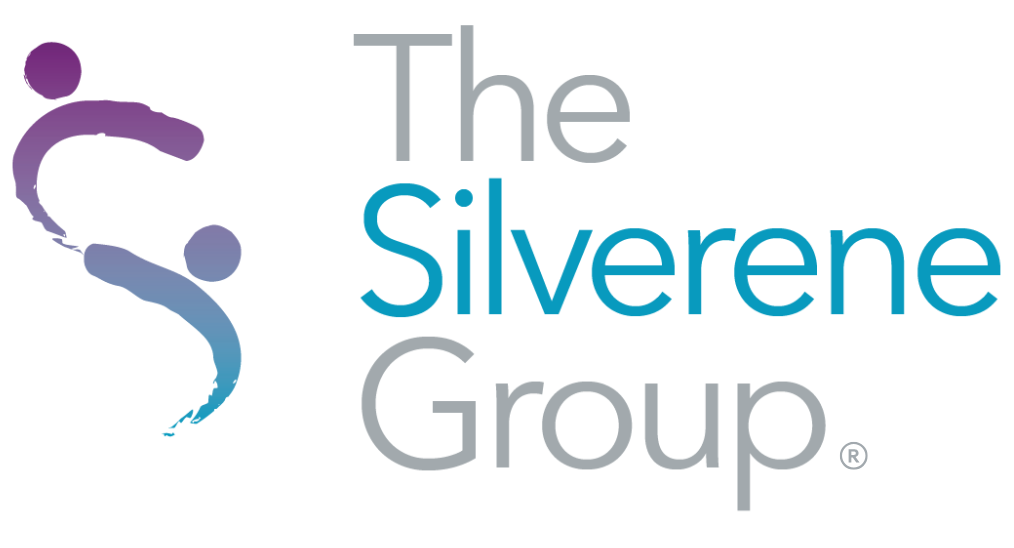
15 Nov Diversity and Inclusion Are About Leadership
*This article was originally featured on CEOWorld Magazine*
Many companies made statements of solidarity after the murder of George Floyd in May 2020. They promised to do better. Thousands of companies signed various commitments to do better and to build more diverse and inclusive organizations. But as the weeks and months have rolled on, we’ve seen some uptick in DEI training and workshops, plus some companies reporting better statistics, yet we continue to see data about the growing percentage of workers that are unhappy and disengaged. We saw the numbers grow in early 2022 when millions joined the “Great Resignation” and we continue to see it with the quiet quitters.
We still have a big disconnect on what it means to have an organization that is diverse, that creates inclusive work environments, uses a lens of equity in all it does and ultimately fosters a sense of belonging. This type of change doesn’t just happen with a few workshops or hiring a few people of color or by tokenism.
So, you can imagine the shock when a client recently said “I hired you to do a DEI study, not to consult on leadership practices.” The bottom line is that DEI is about leadership. It’s about culture too. It’s about what you tolerate and what you don’t. They are fully intertwined.
No matter how diverse your team is, your DEI efforts will never be successful without the E and the I. Ultimately, the responsibility of implementing those things falls on the shoulders of your organization’s leaders, starting with the CEO.
DEI isn’t just about having the numbers to show that your strategy is working, it’s about a feeling of belonging and appreciation. Inclusion comes down to actions and behaviors…of course it has to do with leadership. No matter how diverse your team is, your DEI efforts will never be successful without the E and the I. Ultimately, the responsibility of implementing those things falls on the shoulders of your organization’s leaders, starting with the CEO. They need to take the initiative, lead by example, and intervene when behaviors don’t align with the company values.
Consider this example – have you ever experienced a situation where someone asks a question in a meeting and one of the following scenarios ensues:
- The leader jumps in first to respond.
- Someone else responds and the leader disagrees vocally and shuts down the dialogue.
- The new employee speaks up and share’s their perspective and the leader glares at them for sharing a different perspective while everyone looks away or down at their phones.
- The CEO questions why something was done a particular way (the way the boss had asked for it) and the boss sits there and watches their team take the fall for “bad work.”
I’m guessing there’s something in here that resonates, and maybe as a leader you’ve fallen prey to one of the examples above. In each of these scenarios, the various responses cause employees to feel devalued. The lack of value is facilitated by leadership when they either demonstrate these behaviors directly or fail to do anything when others demonstrate them.
If you want to integrate DEI into your culture you’ll need to start embodying these leadership practices:
Embracing a Curious Mindset
When leaders engage with a curious mindset, they come with an open mind and use a series of questions to deepen their understanding of the situation and their team. Exercising curiosity over combativeness allows more room to grow and improve, while giving others the space to be heard.
Using Accountability as a Force for Good
Accountability is a huge part of leadership, and when a leader fails to recognize that then they are going to cause a major roadblock in the path to a thriving culture. Giving direct and compassionate feedback as well as seeking out feedback is necessary for accountability to work. Letting issues fester only undermines the performance and morale of the team. Most importantly, nobody likes to be thrown under the bus, and when it becomes a pattern then big issues begin to arise. A team needs to feel supported and united, and the boss is the one who has to set that tone.
Creating Safe Spaces to Learn and Grow
Growth requires vulnerability, and vulnerability requires a sense of security. Inclusive leaders create safe spaces in order for their team to feel comfortable enough to admit their shortcomings, share unpopular opinions, and take risks. Leaders can role-model their own vulnerabilities and foster a learning culture by celebrating both successes and failures. Fear of being shut down, judged, or even punished must be eradicated in order to foster innovation and authenticity.
Letting Your Team Fill in the Gaps
Inclusive leaders recognize their own limitations and allow their team members to step in to make up for those shortcomings. Everyone has their unique strengths… and weaknesses too. Embracing that reality allows leaders to encourage inclusive teamwork that makes an organization stronger than the sum of its parts.
Many companies believe that DEI (Diversity, Equity & Inclusion) strategy is limited to hiring and workshops, but the truth is that it’s more so about day-to-day micro behaviors. The devil is in the details, and if you want to build an inclusive workplace, it will start with you – the leader.
Shaara Roman is founder and CEO of The Silverene Group, a culture consultancy that helps companies align their people programs with business goals.



